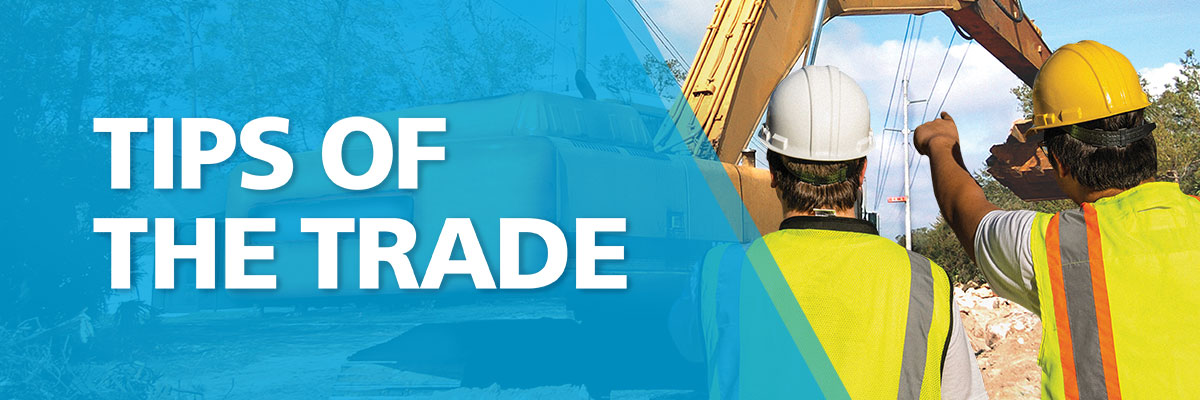|
 |
| Understanding the Tolerance Zone |
|
| The tolerance zone is a safety area that spans the width of a marked underground utility plus a specified distance from each indicated outside edge of the utility. Dig with care in this zone to prevent damage to marked utility lines and to protect yourself and your coworkers from injury. |
Order our FREE worker safety training kit on the PG&E
e-SMARTworkers website. |
|
|
|
|
| The tolerance zone varies from state to state. It is 24 inches in California. For your safety, use ONLY hand tools or vacuum technology within this zone. Always contact california811.org before digging and for the most current requirements. |
| Dig with Care |
| When digging in the tolerance zone, use these nondestructive methods: |
| • |
Hand dig with a rounded or blunt shovel. Never use a pickaxe or pointed spade, and never stomp on a shovel with both feet. Those are sure ways to damage a utility line. |
|
| • |
Start your digging off to the side of the marked utility line. Use a gentle, prying motion to break away soil as you approach the utility laterally. |
|
| • |
Never pry against a utility line to remove soil. |
|
| • |
Vacuum excavation. This method uses suction and water to quickly and safely remove soil. Be mindful of water pressure; use lower pressure and tips with multiple nozzles. |
|
|
| Proceed with Caution |
| Take all necessary precautions to protect buried utilities from damage. Always expose buried utilities to verify their location before power digging in or near the tolerance zone. Once the utilities are exposed, proceed with extreme caution. Power-digging equipment can damage an underground utility in no time. Even hand digging can compromise buried utilities by removing supporting soil, scraping protective coating, or nicking or denting conduit or pipe. |
| Would You Like to Know More? |
| Additional utility safety tips, case studies, instructional videos and training tools can all be found, at no charge to you, on PG&E's e-SMARTworkers website. |
|
